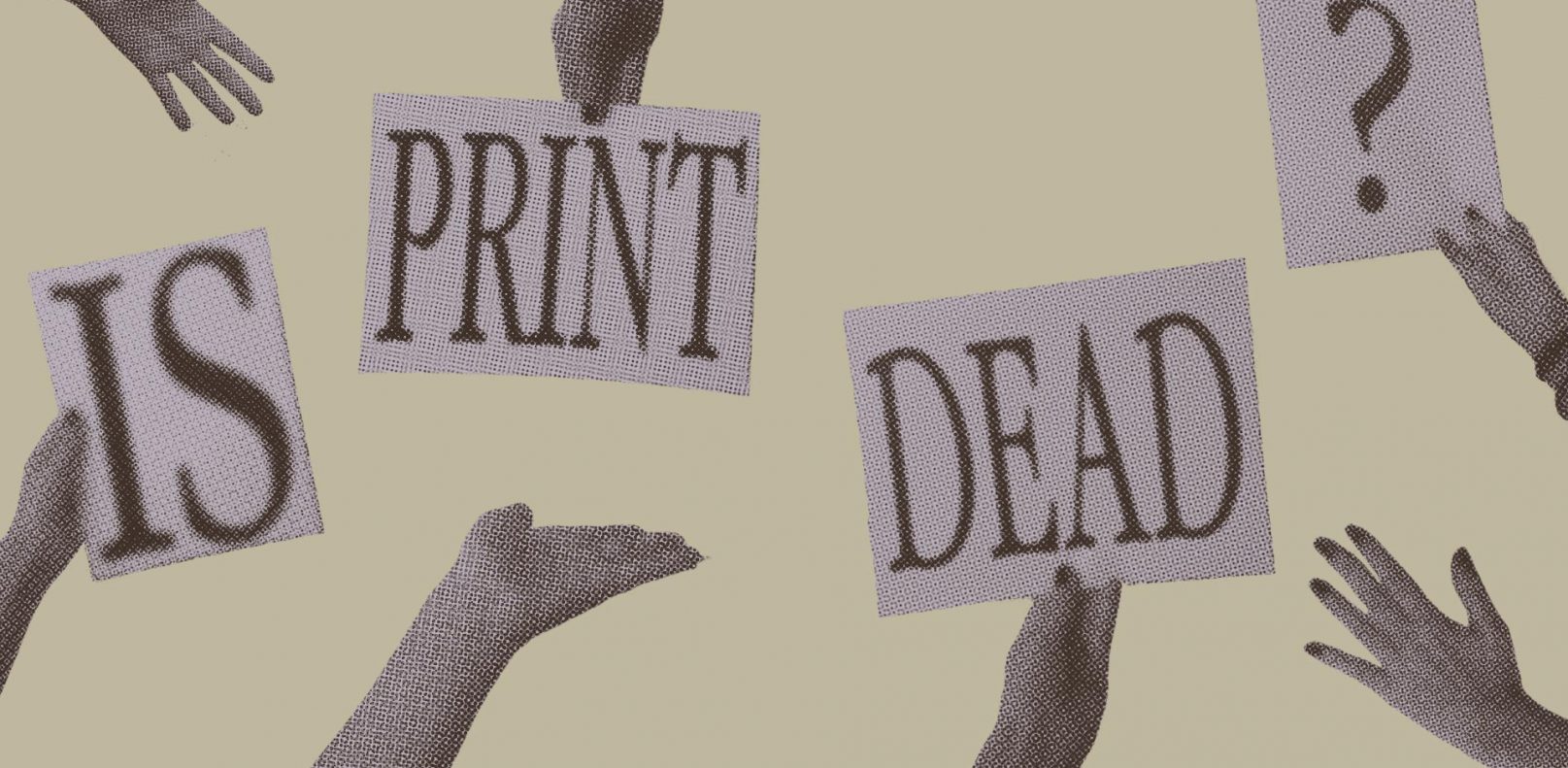A form that’s been around forever. But is it dying?
Artwork by: Erin Crawford
The phrase print is dead has been thrown around left and right for quite some time now. In a world filled with like-buttons and comment sections, why would we need printed media? Print media offers something that digital does not; physicality. There is something so comforting about having the permanence and tangibility of holding a magazine or a zine or whatever it may be and being able to physically flip through the pages, smell the printed matter and feel the paper texture.
Today it seems that the use of print media has drastically slowed down as the internet has been taking over with print and digital media being thrown in the boxing ring together pitted against one another. Why pit them against each other when they compliment each other so beautifully? The internet has not killed the print industry, I would argue that it has helped to resurrect it. The internet has changed the way that we interact with each other so it is no shock that it has changed the print industry. It is not dead just simply evolving and the reality of it is that both digital and print compliment each other by bouncing off one another.
The mass media print industry may be dead as it is more convenient and cost effective to get your news online. They have turned to different ways of distribution in an ever evolving digital world. It makes sense that newspapers turn to online ways of getting your daily news but for artists, printed matter is so much more than being a physical form. Print is raw and artistically filled content that is unmatched with a digitally filled world. Mass produced media is unfulfilling and small scale print offers more meaningful content. Not to mention the emotional connections that people have with print. Print provides visual and physical shape to ideas and beliefs in an intersection of art and culture and it provides a comfort that transcends a screen. The internet, however, has helped to resurrect the print industry by allowing those who have discovered their voice and style to expand into a digital sense.
Social media provides creatives with a way to promote, advertise, and display their work in a way that a magazine stand can not. A place where one can showcase their art in a creative and social space and use it more as a tool, a space to generate both art and inspiration and then go to further distribute that art. It generates a place for artists to highlight their craft and create niche communities of like minded individuals.
I recently had the pleasure of sitting down with my friend Erin Crawford (she/her) to talk about her art practice, specifically her use of print in her process. Erin or @airnspace is a senior in graphic design and gender sexuality and women’s studies.
—
Madison: What does your creative process look like?
Erin: I have a couple different stages or steps that I’m starting to see emerge now that I’m making more work more consistently. I felt like online school and Covid kind of made it hard to really get in a group. But now I’ll take a school based assignment for example, I’m either given a prompt or an idea that I have and I’ll take the idea or the prompt and condense it down to a couple keywords and then I’ll brain dump a bunch of thoughts related to that. Then from there I’ll have a couple ideas that emerge out of that brain dump. I might go to Are.na or Pinterest or do some free writing and gather some inspo, thoughts, written research and imagery and start to piece together a larger outline of a project or idea. From there I usually will break down that project or idea into a schedule and based on when I wanna get it done or when it’s due. I’ll divide up some tasks based on that schedule. I don’t necessarily have to always stick to the schedule though. Sometimes, I’ll get halfway through and have some epiphany or idea and it might completely reroute everything. That, though, usually gets me started on some sort of making and then it can kind of delve into something else if it feels like it needs to happen.
Madison: So what tools do you usually utilize?
Erin: When I’m in the beginning stages, like I said, a sketchbook, journal and a lot of handwritten brain dumping. And then gathering imagery and written stuff will be using Are.na like I mentioned. So those are kind of some tools but then when I’m physically making the project, kind of the tools and materials that I tend to gravitate towards are typically more digital based, but now, like I said, I think that was a product of making during Covid and a lack of access to resources. So now it’s typically a little more textile heavy, paper and print and it’s building something out of fabric or paper and sometimes interchangeable with one another where I might make a book out of fabric, or something else. For example, right now I’m making a project where it’s almost like a quilt, but I’m making it out of paper. Playing with the tension of those two materials and forcing them to act like one another.
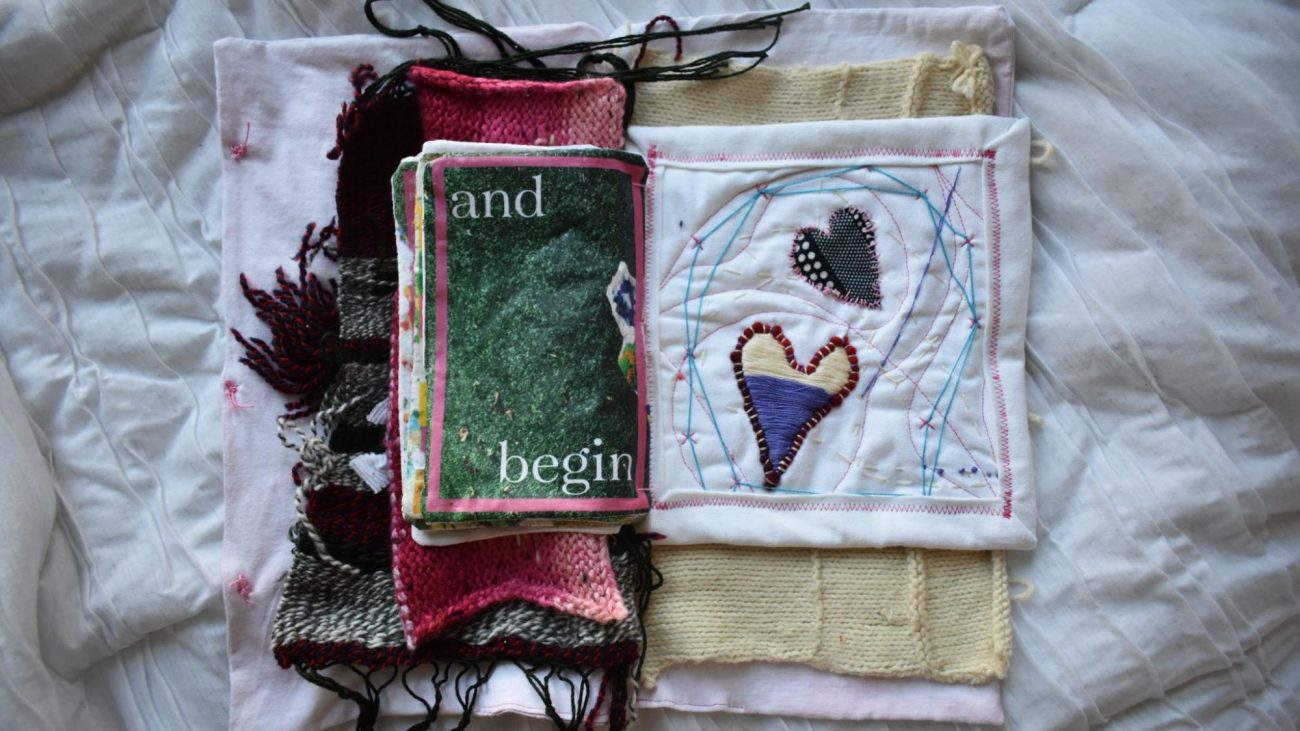
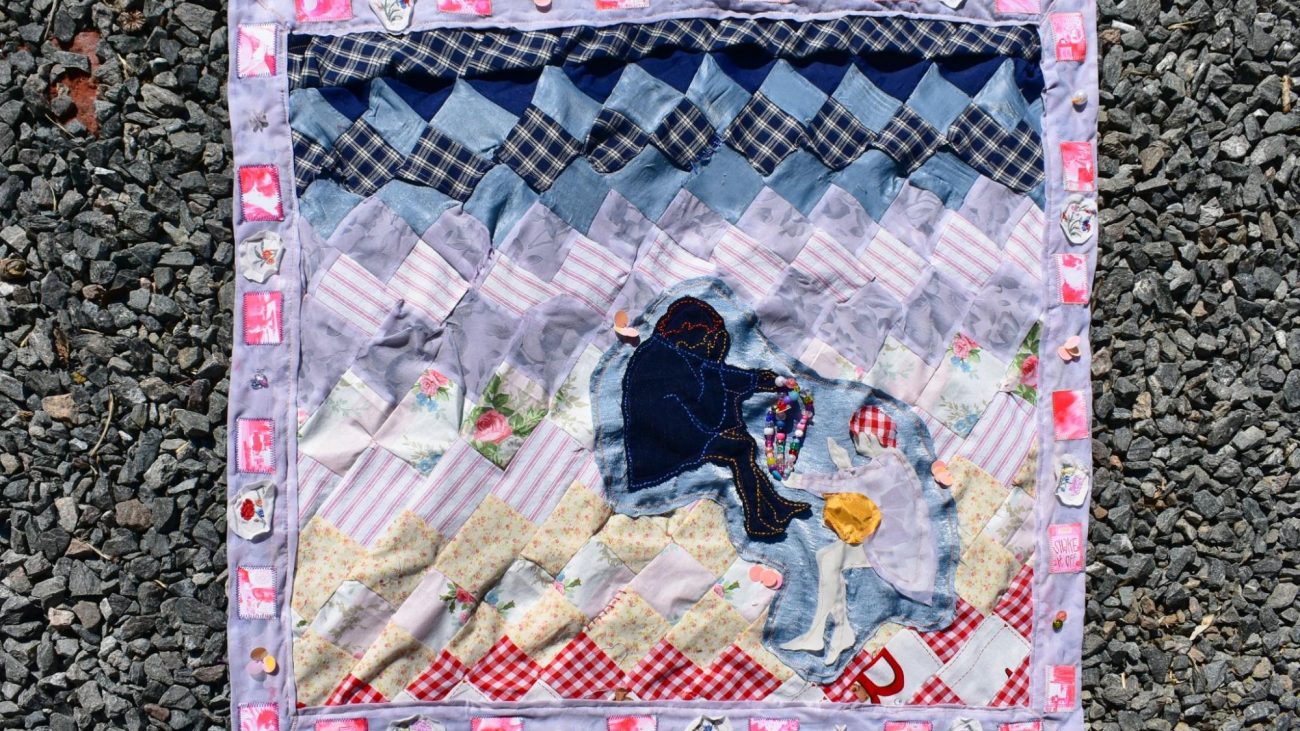
Madison: Where would you say you get your inspo from?
Erin: I get inspiration from everywhere, visually I draw a lot upon different designers that I have found. I like looking online but I think ideas for projects inspiration wise are based on drawing from my own life or my own kind of perspective of the world. And usually that’s intersecting ideas of thinking about ways of living as a femme presenting person and kind of how gender and sexuality plays into living in the world that we live in right now.
I get inspo more personally and more driven by my experience and my perspective of the world. But visually I feel like everything’s derivative, so it’s all references and I see something and then try to think of a way to flip it on its head and make it my own. But there’s not one specific person or artist or collective that I would consider my main inspiration.
Madison: How do you feel about the term print is dead?
Erin: To me, I don’t think print is dead in the setting that I’m existing in right now. In the world of design and academia, I think print is very much alive. I think mass consumption wise, it’s not as relevant.
In my opinion, to definitively state print is dead is untrue, but to say print is not as relevant to the masses as it once was, I believe is true.
Madison: What does print mean to you?
Erin: Print. It’s so funny too because I was just gonna say print means breaking out of my computer. Printing existed before the computer, and so that’s kind of strange to think about that tension of print being before and after the computer. For me at least, in the world that we live in I don’t have experience doing something like letterpress and physically type setting. So all of that type of work is gonna be existing on my computer on programs like; InDesign and Illustrator and stuff like that. So, print is exciting but kind of annoying. Sometimes printing can be irritating, but, at the same time it’s kind of this exciting point of breaking out of your computer and seeing something exist in the real world and not just, in your brain and on a screen.
Madison: What and how do you use printing techniques in your practice?
Erin: Print. I have been getting a lot more into using the risograph. That’s been something that I’ve been doing for the past year, but, even with my most recent project, I’ve been getting into it. I’m actually currently planning on doing a series of prints just for my own personal work, using riso, which is really fun.
Other than that, I’ve typically just sent things away to be digitally printed. I have some experience screen printing, but I wouldn’t really say that it’s super relevant to my own, personal practice. I don’t feel super comfortable with screen printing. To me riso is my favorite. I think it’s so fun and it creates a really unique look and I think it lends itself well to the types of colors that I typically gravitate towards.
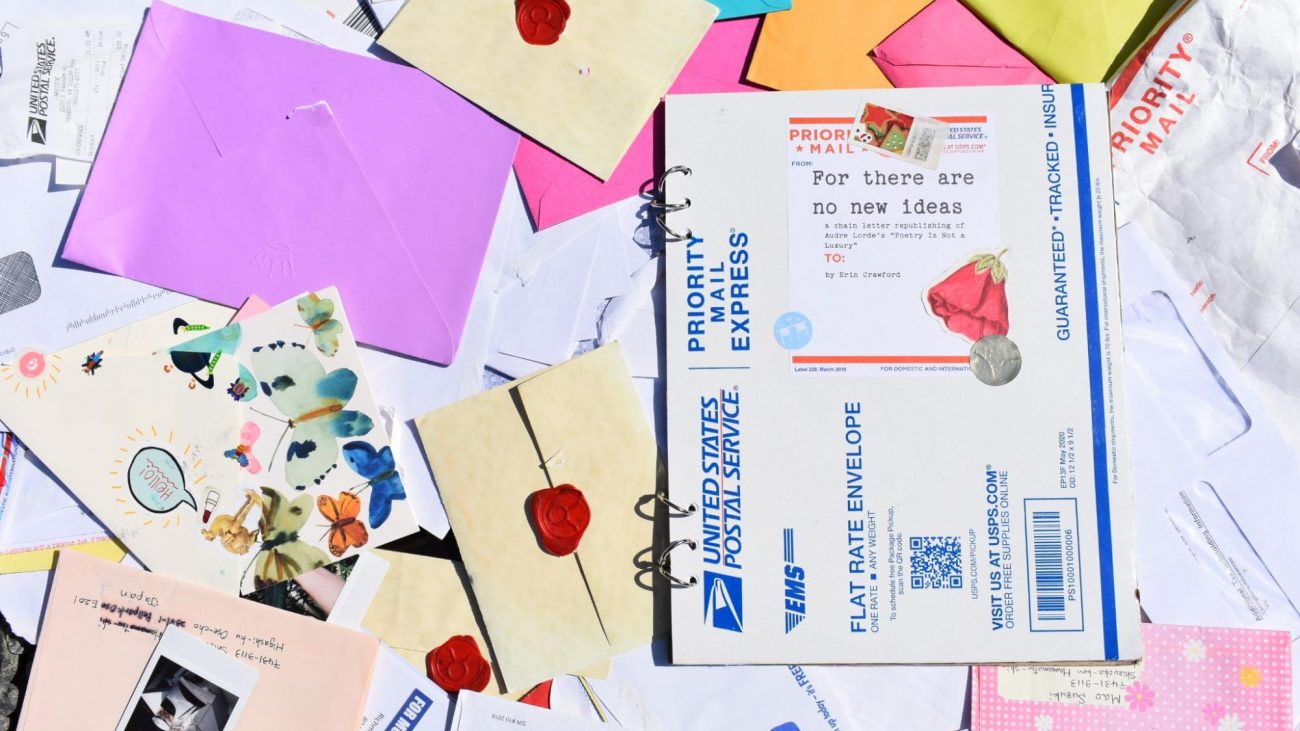
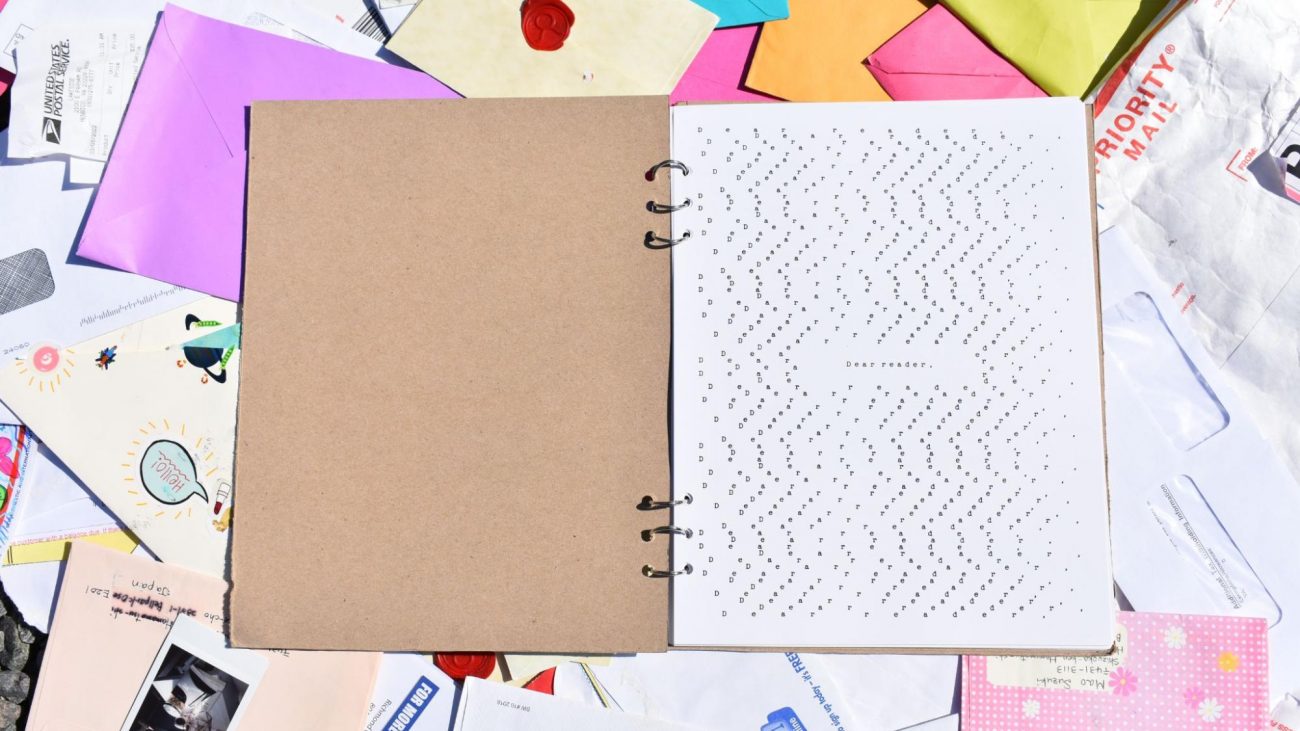
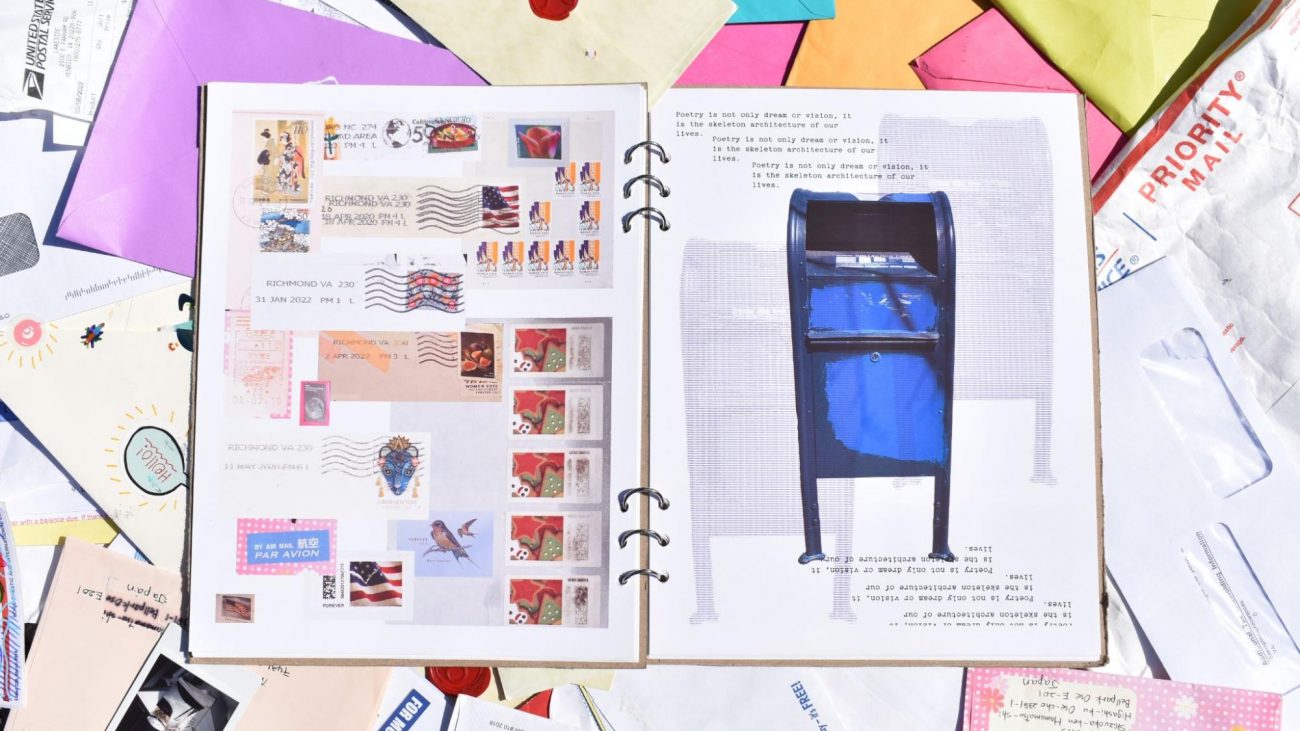
Madison: What makes you drawn to creating physically printed matter?
Erin: I think the idea of someone being able to hold the work is really exciting. Something about the work existing on my computer, almost feels like it’s stuck or confined, which is really interesting because having it on the computer means I could upload it to the internet and it could be seen by so many people, but it also feels like it’s just dropping into the void versus something that someone can physically hold. They can feel it and look at me and talk to me about their experience with it in person. And that feels more meaningful than just me shouting into the void with my images of my work online. And also there’s an ephemerality to it. I mean, there can be digital stuff as well. We like to act like there isn’t, but there really is, like file types no longer being supported and things degrading as they get shared. But, it’s more evident when it’s printed matter and that idea of this maybe limited print run. Like there’s only however many there are in the world, you know, so it’s just an exciting and special feeling.
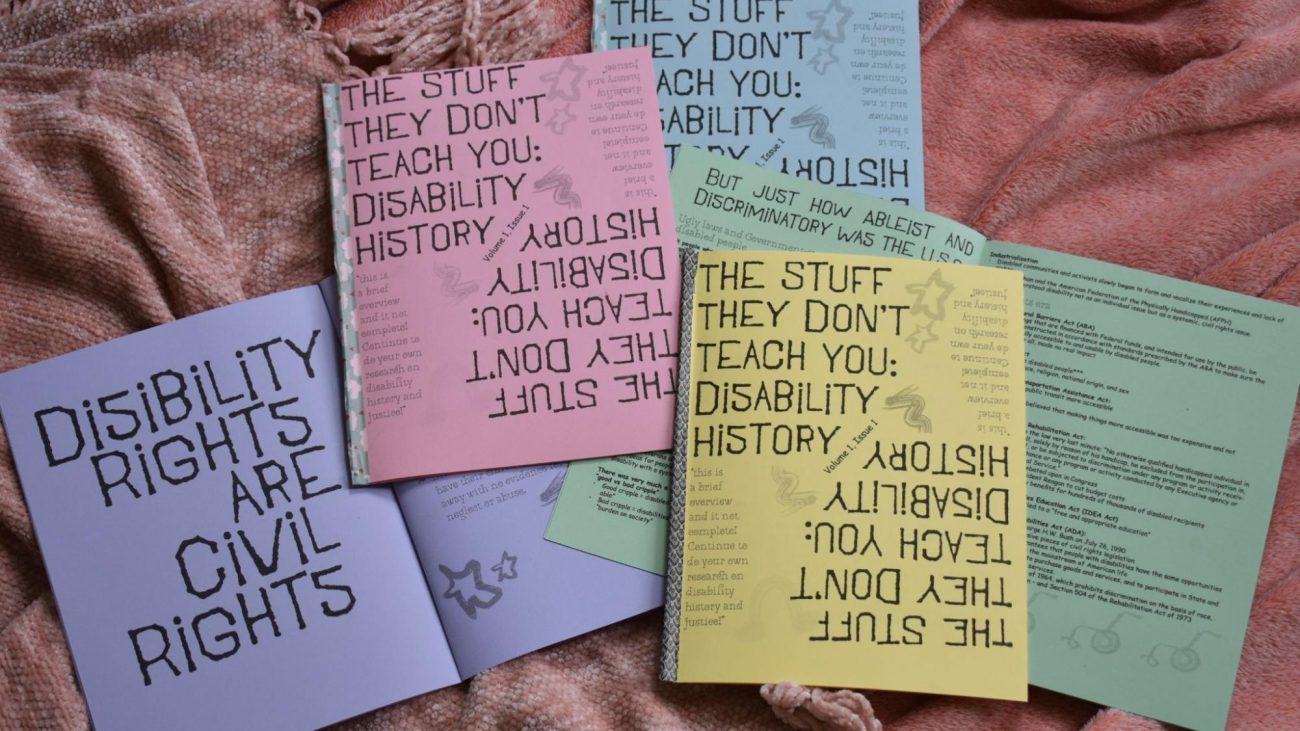
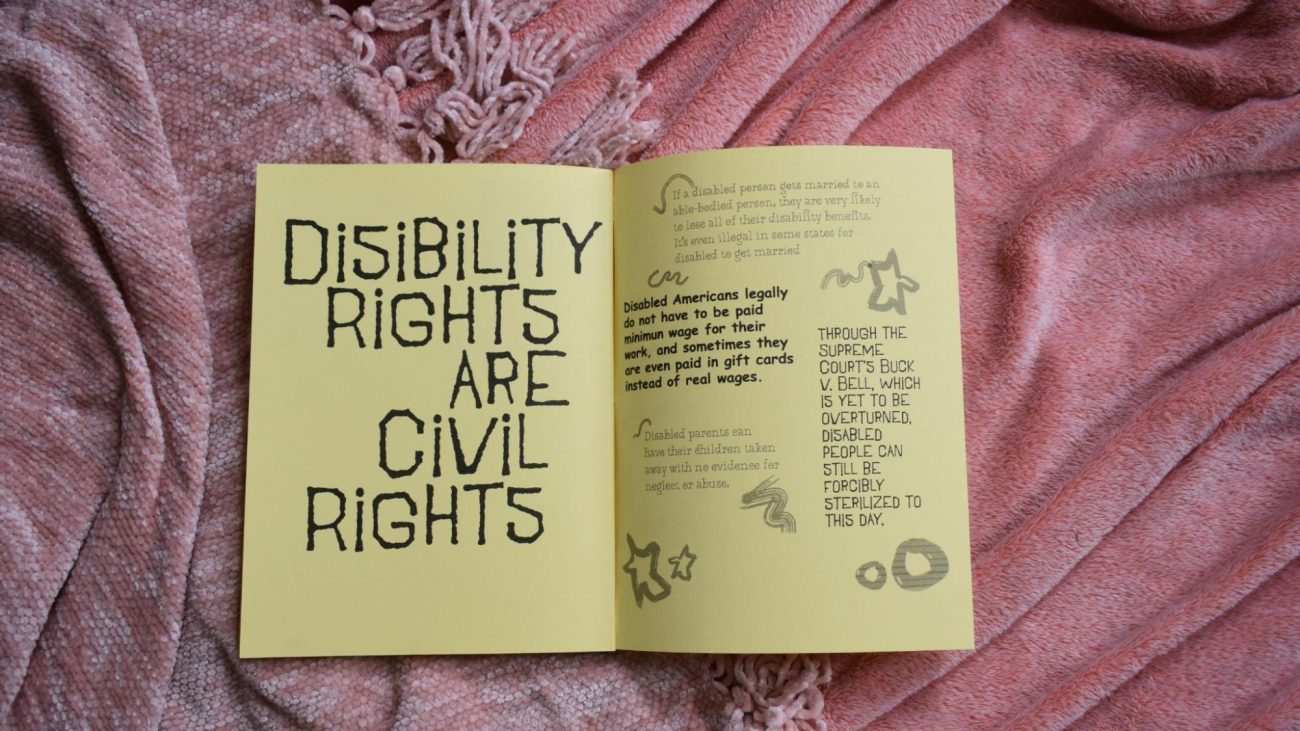
Madison: Obviously there’s different impacts that print has over digital but what do you think is more impactful?
Erin: I feel like they’re both different, so it’s hard to compare.
Madison: Yeah, I agree. It’s hard to compare because they just exist in different settings.
Erin: Yeah. But even thinking about ads that get put up on the subway, that’s technically print. Sometimes it’s a digital ad that’s put up there if it’s a really nice display or something but , that’s printed media and I feel like it has the ability to be really impactful, especially if you see it over and over . Also it’s different if you think about it in the context of ads, like most digital ads that we’re seeing are so curated to you because of algorithm and data analytics and all of that type of stuff versus like print media that you see in the wild, quote unquote is like, you, you might be learning all these new things. That you would not have normally been shown because it is not in your sphere or bubble.
Erin: Slayyyyy. You can quote me on that.

